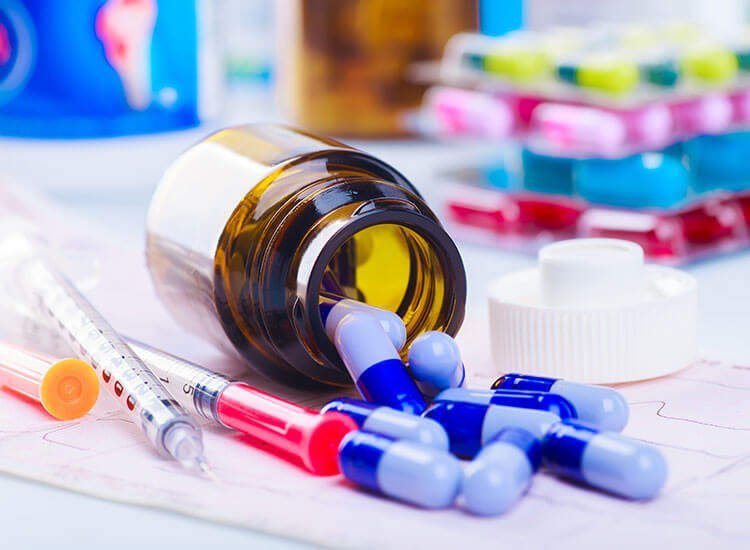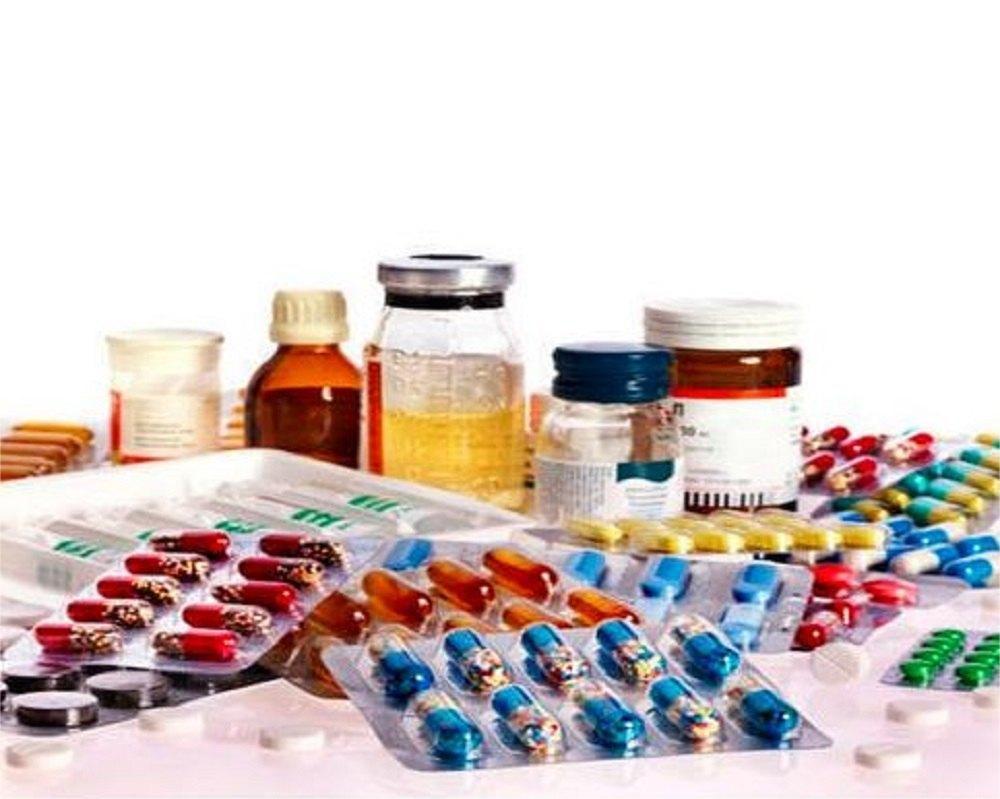
Understanding the Economics of Pharma Manufacturing
Pharmaceutical manufacturing is a highly complex process that combines science, technology, and financial strategy. Every tablet, capsule, syrup, or injectable that reaches a patient is the result of meticulous planning, high-precision operations, and strict adherence to regulatory guidelines. The pharmaceutical industry faces the dual challenge of maintaining the highest quality standards while keeping production costs manageable. For companies aiming to balance affordability with reliability, understanding the detailed cost structure of manufacturing is essential.At VTV Formulations, we provide end-to-end third-party contract manufacturing services for a wide range of pharmaceutical products, including tablets, capsules, syrups, injectables, ointments, nasal sprays, and ophthalmic solutions. Established in 2019 and operating under stringent WHO-GMP certification, our facilities are designed to ensure efficiency, transparency, and cost optimization without compromising on quality or compliance.
The total cost of producing a pharmaceutical product goes far beyond just raw materials. Equipment depreciation, labor costs, energy consumption, regulatory compliance, quality control, and packaging all contribute significantly to the overall expenditure. Companies that overlook any of these aspects risk encountering unexpected cost escalations or quality failures.
In addition to cost management, manufacturers must consider scalability, production timelines, and risk mitigation. Outsourcing to a trusted contract manufacturer like VTV Formulations enables pharma companies to focus on their core strengths—marketing, distribution, and research—while leaving the complexities of production to experts.
Understanding cost drivers also provides strategic insight for companies planning new product launches, expansions, or diversification. With careful analysis, pharma businesses can reduce wastage, optimize resource allocation, and enhance overall profitability. VTV Formulations is committed to empowering our partners with a clear, data-driven understanding of pharmaceutical manufacturing costs, helping them achieve operational efficiency and long-term success in a highly competitive global market.

Major Cost Components in Pharmaceutical Manufacturing
Understanding Where the Money Goes
The total cost of manufacturing any pharmaceutical product can be divided into several key components. Each plays a significant role in determining the final product’s price, profitability, and regulatory readiness. Below are the primary cost contributors that shape the economics of pharma production.
- Core Cost Elements
-
Raw Material Procurement
Raw materials are the largest single contributor to manufacturing costs, often accounting for 35–50% of the total expenditure. This includes Active Pharmaceutical Ingredients (APIs), excipients, solvents, preservatives, and flavoring agents for oral medications. The sourcing of high-quality APIs from reliable suppliers is critical to ensuring product efficacy and stability. Market fluctuations, import duties, and purity levels can significantly influence costs, making strategic supplier partnerships essential.
-
Manufacturing and Processing
This includes blending, granulation, compression, coating, or liquid filling. Manufacturing processes often require cleanroom facilities, high-precision machines, and trained personnel. Investment in automated systems such as capsule filling lines or syrup bottling machines increases efficiency but adds to initial costs. Properly optimized processes can reduce production time and minimize material wastage, directly impacting per-unit cost.
-
Quality Control and Assurance
Pharmaceutical products must undergo rigorous testing at multiple stages—raw material inspection, in-process checks, and final batch analysis. Testing for purity, potency, dissolution, and microbial contamination ensures compliance with WHO-GMP and ISO standards. While quality assurance adds to cost, it protects brand integrity and prevents regulatory setbacks or product recalls.
-
Packaging and Labeling
Packaging serves both protective and functional purposes, safeguarding products from contamination and degradation. Compliance with serialization and traceability regulations is mandatory, particularly for export markets. High-quality packaging materials, tamper-proof designs, and proper labeling are additional cost drivers that also enhance brand perception.
-
Logistics and Overheads
Utilities, water treatment, maintenance, labor, and transportation collectively form the overhead component. Efficient supply chain management, energy-saving initiatives, and preventive maintenance can reduce these recurring costs, contributing to overall cost efficiency.
- Product-Wise Cost Considerations
Different dosage forms have unique manufacturing challenges that impact cost.
-
Tablets & Capsules :
Require high-quality raw materials and precision machinery.
Coating, compression, and uniformity testing increase production complexity and cost.
-
Syrups & Oral Liquids :
Include flavoring agents, preservatives, and high-volume storage requirements.
Bottling, labeling, and microbial testing contribute to overall expenditure.
-
Injectables :
The most expensive dosage form due to sterile manufacturing, validation, and packaging in vials or ampoules.
Stringent quality checks are mandatory to prevent contamination, adding to production cost.
-
Ointments & Creams :
Emulsifiers, viscosity control, and dermatological testing are critical.
Tube or jar packaging increases handling and processing expenses.
By strategically optimizing raw material procurement, manufacturing processes, and packaging, VTV Formulations reduces production costs while maintaining compliance and high-quality standards across all product types.
Key Factors That Influence Manufacturing Costs
Understanding What Drives Cost Efficiency
Several internal and external factors influence overall manufacturing expenses. By carefully managing these variables, VTV Formulations ensures cost-effective and reliable production for pharmaceutical partners.
- Scale of Production
Larger batch sizes distribute fixed costs like utilities, equipment depreciation, and labor over more units, lowering per-unit cost. VTV’s flexible infrastructure supports both small pilot batches and full-scale commercial production, offering cost efficiency across varying demands.
- Technology & Automation
Advanced automation reduces human error, speeds up production, and lowers workforce dependency. Automated filling lines, coating machines, and inline quality monitoring help maintain consistent product quality while optimizing operational costs.
- Regulatory Compliance
Adhering to WHO-GMP and ISO standards adds operational cost but reduces risks of non-compliance, product rejection, or recalls. A robust regulatory framework ensures smoother approvals and market entry, saving costs in the long term.
- Research & Development (R&D)
Investment in R&D improves bioavailability, formulation stability, and process efficiency. Continuous innovation reduces waste and optimizes production cycles, helping lower cost per batch over time.
- Supply Chain Stability
Unreliable supply chains increase costs due to delays, price fluctuations, and emergency procurement. VTV partners with verified suppliers and maintains inventory buffers to ensure cost stability.
- Skilled Workforce
Trained chemists, technicians, and QA specialists enhance accuracy and reduce material wastage. Regular training in Good Manufacturing Practices ensures operations are streamlined and compliant.
- Energy Efficiency and Sustainability Measures
Optimized energy usage, efficient HVAC systems, and eco-friendly waste management reduce recurring costs. Sustainable production practices not only save money but also enhance brand credibility.
- Market Demand and Product Mix
High-demand products benefit from economies of scale, while niche formulations may have higher per-unit costs. Strategic planning in product mix can optimize resource allocation and lower overall expenses.
- Innovation in Process Design
Implementing new technologies for formulation, granulation, or packaging can reduce processing time and material wastage. VTV Formulations continually explores process innovations to enhance cost-effectiveness without compromising quality.
By systematically optimizing these factors, VTV Formulations ensures a balance of cost efficiency, compliance, and product reliability across all pharmaceutical dosage forms.